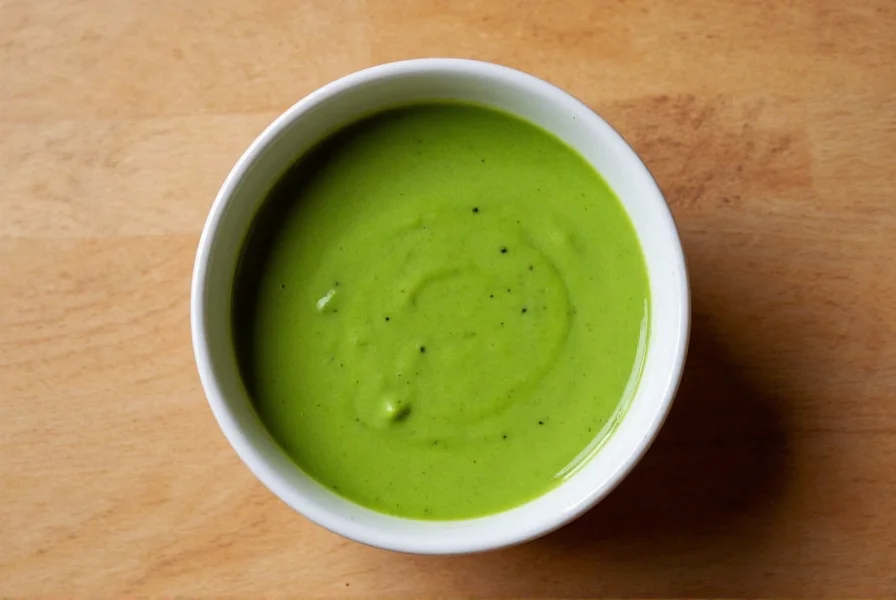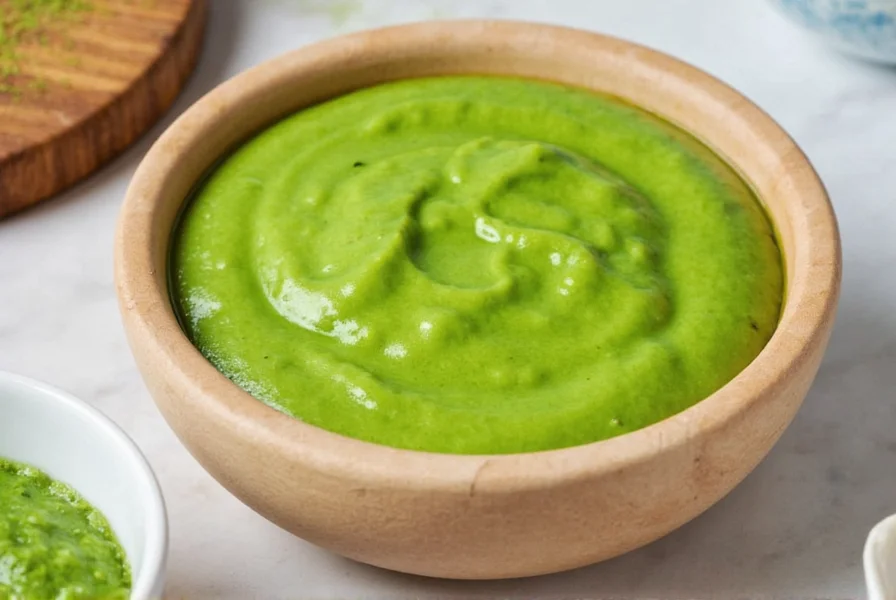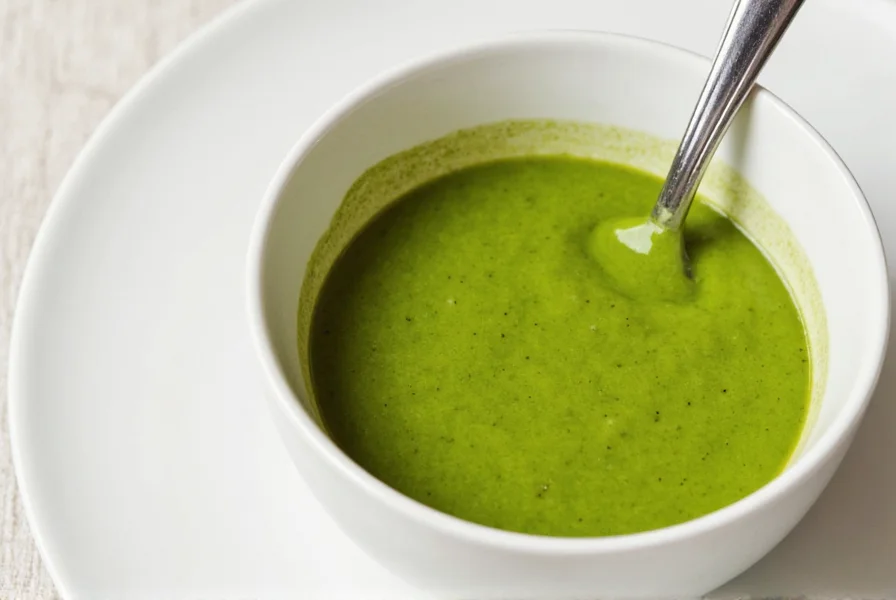When exploring matcha sauce applications, understanding the correct terminology is essential. “Macha” represents a frequent misspelling of “matcha,” the premium green tea powder central to Japanese tea ceremonies. Authentic matcha sauce begins with ceremonial-grade matcha, which provides the vibrant color and complex flavor profile that distinguishes it from lower-quality alternatives.
The Culinary Science Behind Matcha Sauce
Creating an exceptional matcha sauce requires understanding the delicate chemistry of matcha powder. When high-quality matcha meets liquid components, the catechins and amino acids interact to produce that signature umami richness. The key to preventing bitterness lies in temperature control – never use boiling water with matcha, as temperatures above 175°F (80°C) can extract excessive tannins.

Optimal Food Pairings for Matcha Sauce
Professional chefs recognize matcha sauce's versatility across multiple culinary categories. The following table outlines scientifically tested pairings that maximize flavor harmony based on molecular compatibility:
| Food Category | Recommended Pairings | Flavor Synergy Explanation |
|---|---|---|
| Desserts | Vanilla ice cream, white chocolate, red bean paste, panna cotta | Matcha's umami balances sweet components while its astringency cuts through richness |
| Savory Dishes | Grilled white fish, tofu dishes, vegetable tempura | Earthy notes complement mild proteins without overwhelming delicate flavors |
| Breakfast Items | Pancakes, waffles, French toast, yogurt parfaits | Provides antioxidant boost while adding sophisticated flavor dimension |
Creating Restaurant-Quality Matcha Sauce at Home
Professional kitchens achieve perfect matcha sauce consistency through precise ratios and preparation techniques. For optimal results, use this evidence-based approach:
Start with 1 teaspoon (2g) of ceremonial-grade matcha powder sifted through a fine mesh strainer to eliminate clumps. Gradually incorporate 2 tablespoons of warm (not hot) liquid – heavy cream for desserts, dashi broth for savory applications. Whisk vigorously in a “W” motion until completely smooth, then slowly add additional liquid to reach desired consistency. For dessert sauces, incorporate 1-2 teaspoons of natural sweetener like maple syrup or honey after the initial emulsion forms.

Avoiding Common Matcha Sauce Mistakes
Many home cooks encounter issues with their matcha sauce due to preventable errors. The most frequent problems include:
- Clumping – Always sift matcha before use and incorporate liquid gradually
- Bitterness – Use water below 175°F (80°C) and avoid over-whisking
- Color fading – Store in airtight container away from light; use within 24 hours
- Flavor imbalance – Adjust sweeteners gradually after base sauce is prepared
For extended shelf life, consider making matcha sauce cubes – freeze small portions in ice cube trays then transfer to freezer bags. This preserves flavor integrity for up to three months, allowing you to create fresh sauce whenever needed by simply thawing and whisking.
Understanding Matcha Quality Indicators
Not all matcha produces equally excellent sauce. Premium ceremonial-grade matcha displays these characteristics:
- Vibrant emerald green color (dull green indicates lower quality or age)
- Finely milled texture that feels smooth between fingers
- Sweet, vegetal aroma without mustiness
- Origin from shaded tea fields (increases L-theanine content)
When selecting matcha for sauce preparation, prioritize Japanese-grown varieties from Uji, Nishio, or Shizuoka regions, as these represent the pinnacle of matcha production with optimal flavor profiles for culinary applications.
What's the difference between matcha sauce and regular matcha preparation?
Matcha sauce incorporates additional ingredients like cream, milk, or sweeteners to create a pourable consistency specifically designed as a condiment. Regular matcha preparation typically involves just matcha powder and hot water whisked into a tea. The sauce formulation enhances viscosity and adjusts flavor balance for culinary pairing purposes.
Can I use culinary-grade matcha for sauce instead of ceremonial-grade?
Yes, culinary-grade matcha works well for sauces, especially in cooked applications where some flavor complexity may be lost. However, ceremonial-grade matcha provides superior flavor depth and vibrant color for uncooked sauces where the matcha flavor remains prominent. For cold applications like dessert sauces, ceremonial grade is recommended.
How long does homemade matcha sauce stay fresh?
Freshly made matcha sauce maintains optimal flavor and color for 24-48 hours when stored in an airtight container in the refrigerator. The vibrant green color will gradually fade due to oxidation. For longer storage, freeze in ice cube trays then transfer to freezer bags, where it will maintain quality for up to three months.
What are the best dairy-free alternatives for matcha sauce?
Coconut cream provides the richest texture for dairy-free matcha sauce, while oat milk offers a more neutral flavor profile. For savory applications, unsweetened almond milk or cashew cream work well. When using plant-based alternatives, add 1/4 teaspoon of neutral oil to improve emulsion stability and sheen.
Why does my matcha sauce turn brown instead of staying green?
Matcha sauce turns brown due to oxidation and heat exposure. Using water that's too hot (above 175°F/80°C), storing sauce improperly, or using low-quality matcha can accelerate this process. To maintain vibrant color, use cool or lukewarm liquids, store in airtight containers away from light, and consume within 24 hours for best results.











 浙公网安备
33010002000092号
浙公网安备
33010002000092号 浙B2-20120091-4
浙B2-20120091-4